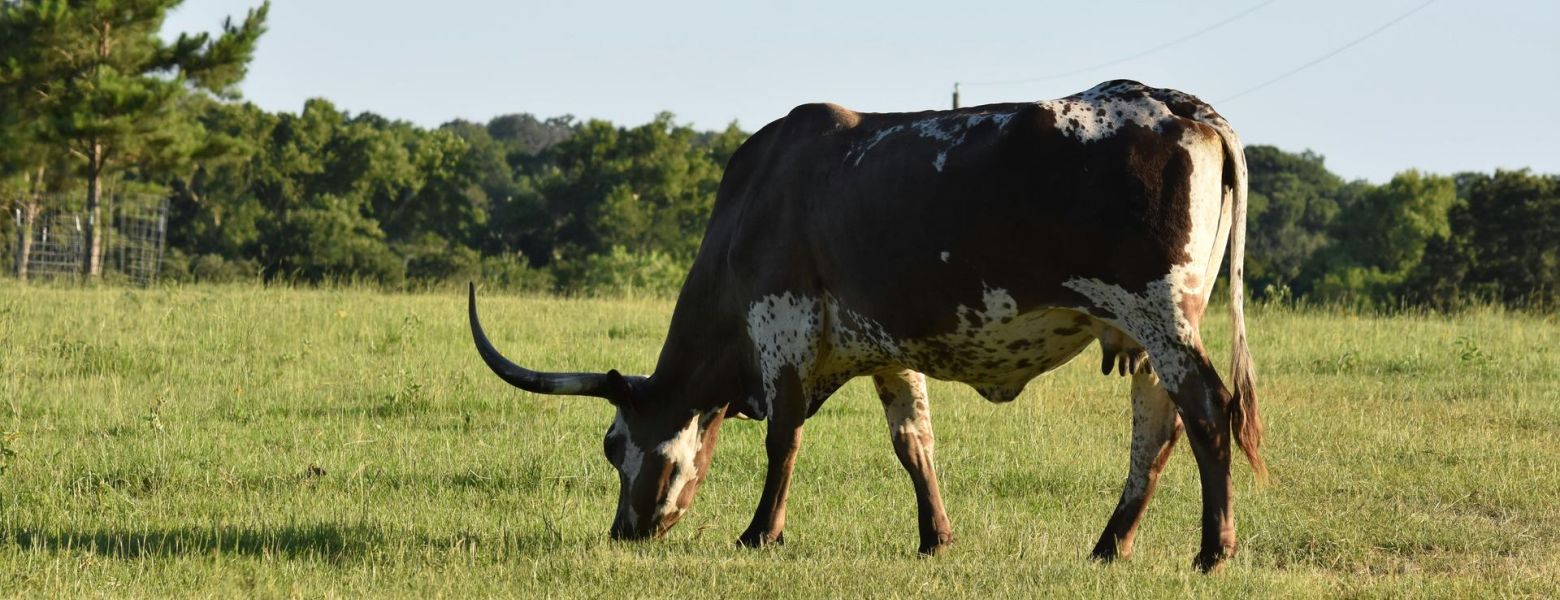Alerts

The Trump Administration, immigrant rights groups, and the courts are battling over who controls the legal status and employment authorization of those who have a recognized, temporary immigration status. This Alert provides the current work authorization status for the following groups of workers who have a recognized, temporary status:

A federal district judge in San Francisco on Monday temporarily blocked the Trump administration from terminating deportation protections for 350,000 Venezuelan migrants who were admitted under the 2023 Temporary Protected Status (TPS) designation. The case is National TPS Alliance v. Noem, No. 3:25-cv-01766 (N.D. Cal., Injunction issued 3/28/25.) The Dis…

The End of An Era for OFCCP: President Trump Issues Executive Order Revoking Biden’s Diversity, Equity, and Inclusion Rules And Axing Affirmative Action
| Alerts
January 20, 2025, will certainly go down in history as a major policy pivot-point. Among the many Executive Orders (EO) President Trump issued on his first day in office was one revoking his immediate predecessor’s day-one EO instituting diversity, equity, and inclusion (DEI) goals and also President Lyndon B. Johnson’s 1965 affirmative action mandate, EO 1…

On November 15, 2024, in Commerce v. USDOL, a federal district court in Texas invalidated a Biden Administration regulation that had attempted to substitute a lofty salary test for statutory language that defined who qualifies as an executive, administrative, or professional (EAP) employee exempt from overtime. This important decision is but the latest in a…

In a move long anticipated by many court watchers, the Supreme Court on June 28, 2024, jettisoned a longstanding doctrine of deference to Federal agencies’ interpretations of the statutes they are charged to enforce. The Chevron doctrine, so named for the 1984 case in which it originated – Chevron v. Natural Resources Defense Council – said that courts sho…

Wage and Hour regulations concerning white collar exemptions now require the payment of at least $844 per week effective today July 1, 2024, and in six months on January 1, 2025, the required salary amount will be at least $1,128 per week for an annual salary of $58,656. The amount for the requirements for Highly Compensated Employees is now $132,964 per ye…

The Supreme Court today (June 27, 2024) issued a decision concerning administrative law – SEC v. Jarkesy, which may have major implications as to administrative procedures. The SEC investigators proposed fines and other monetary relief against Mr. Jarkesy for alleged security fraud. He was required to litigate this matter before an Administrative Law Judge…

On Tuesday, April 23, 2024, the Federal Trade Commission (FTC) voted 3-2, along party lines, to ban most new non-compete agreements and invalidate existing non-compete agreements. The new rule is scheduled to take effect in August – but lawsuits challenging this ban will be coming soon to a courthouse near you!

Effective July 1, 2024, salaried workers making less than $43,888 annually will be eligible for overtime pay. The salary threshold will increase to $58,656 on Jan. 1, 2025. The exemption for highly compensated employees (HCE’s) will rise to $132,964 on July 1, then to $151,164 on January 1, 2025. Starting July 1, 2027, salary thresholds, including those for…

Featured Federalist Article: Text Education in Muldrow v. St. Louis: The Supreme Court Just Made Title VII Cases Easier for Plaintiffs to Win
| Alerts
Elizabeth K. Dorminey authored another article for the Federalist Society.
Here's a quick summary of what this article, Supreme Court Just Made Title VII Cases Easier for Plaintiffs to Win, is about.
The Supreme Court just lowered the bar for litigants alleging workplace discrimination. But let’s not hear any complaining! The Justices, in a unanimous…
Top 10 Content (All-Time)
-
 Union Fines Employee $22,000.00 for Crossing Picket Lines
Union Fines Employee $22,000.00 for Crossing Picket Lines -
 OSHA Regional Emphasis Program for Poultry Processing Facilities
OSHA Regional Emphasis Program for Poultry Processing Facilities -
 GOVERNMENT Position: Worker Presents New Social Security Number and States Previous Documents Were Not Real
GOVERNMENT Position: Worker Presents New Social Security Number and States Previous Documents Were Not Real -
 OSHA ALERT: OSHA Regional Emphasis Program Targets Southeastern Poultry Processing Facilities
OSHA ALERT: OSHA Regional Emphasis Program Targets Southeastern Poultry Processing Facilities -
 AI Is Another Relevant Area of Employment Law Issues
AI Is Another Relevant Area of Employment Law Issues -
 NLRB Explains What Employer Rules Are Unlawful and How to Make Them Lawful
NLRB Explains What Employer Rules Are Unlawful and How to Make Them Lawful -
 DOL Proposes to Increase Salary Threshold for Overtime Exemption: Will It Raise Wages or Cut Hours?
DOL Proposes to Increase Salary Threshold for Overtime Exemption: Will It Raise Wages or Cut Hours? -
 What Does It Take to Create a Hostile Work Environment? Apparently, a Single E-Mail Will Do
What Does It Take to Create a Hostile Work Environment? Apparently, a Single E-Mail Will Do -
 Pros, Cons and Issues When Dealing With Electronic I-9 Software Providers
Pros, Cons and Issues When Dealing With Electronic I-9 Software Providers -
 Supreme Court Addresses Wage-Hour Collective Actions and Statistical Proof in Tyson Case
Supreme Court Addresses Wage-Hour Collective Actions and Statistical Proof in Tyson Case
